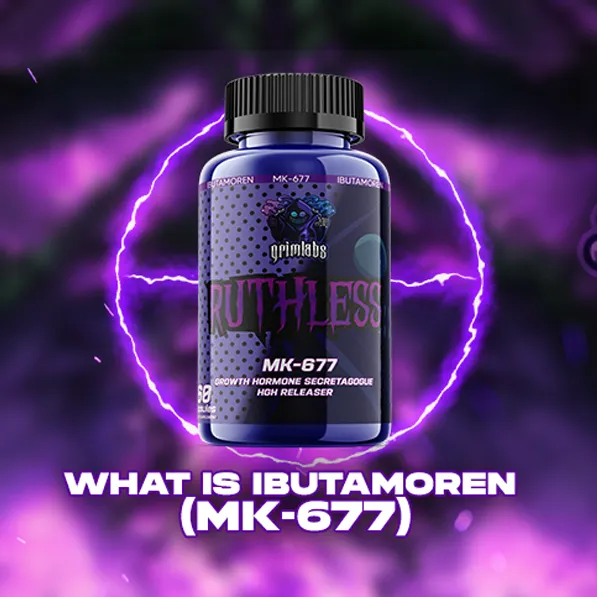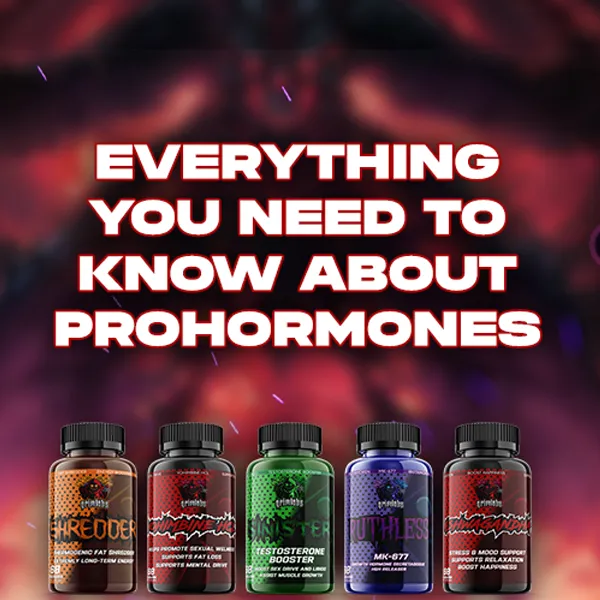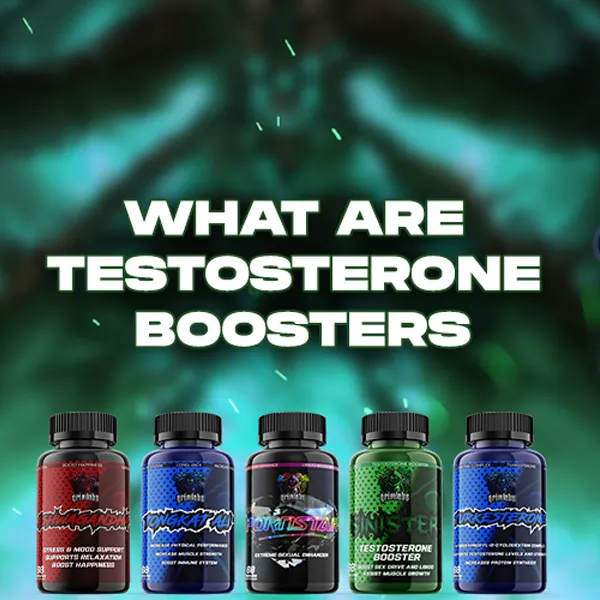
WHAT IS TURKESTERONE?
Turkesterone is a specific phytoecdysteriod, which is essentially a steroid hormone in insects and certain plant species and is believed to help with deterring predators and regulating reproduction.
Turkesterone is found in the plant Ajuga turkestanica. However, it is just one of the phytoecdysteroids in the plant. The other compound that is derived from this plant is called Ecdysterone, also known as “20HE”, and supplements labeled with Turkesterone often contain both compounds.
The initial use of Turkesterone was to develop safer insecticides since it was quickly discovered that these compounds were not toxic to mammals. To note, these compounds exist in foods commonly found in mammalian diets, such as spinach. However, later, there was some discovered use for potentially helping with medical comorbidity and regulating gene expression.
HOW DOES TURKESTERONE WORK?
When we look at the chemical structure of phytoecdysteroids, specifically Turkesterone and testosterone, they look very similar. Mainly since Turkesterone is synthesized by plants from cholesterol. Sound familiar? Yes, because cholesterol is the backbone of steroid hormones found in humans as well!
With regards to gene expression, it was found that phytoecdysteriods do not bind to steroid receptors in humans or alter natural production, instead they act as influencers to signal pathways like protein synthesis. Therefore, it was postulated that phytoecdysteroids could be an effective replacement for anabolic steroids because they wouldn’t produce side effects commonly seen with anabolic steroid use (acne, gynecomastia, aggressive behavior, high blood pressure, etc.).
While very limited data exists on Turkesterone specifically, other types of phytoecdysteroids such as Ecdysterone, have more research — which is what provides the framework for Turkesterone’s potential use.
STUDY SESSIONS
First, let’s review a couple of studies that looked at the effects of Ecdysterone on muscle growth and strength — because promising results are better to start with!
One study using rats wanted to look at the effects of Ecdysterone on calf muscle size. Rats were administered 5mg/kg body weight of Ecdysterone, two other anabolic steroids, and a placebo for 21 days and had free access to food and water. To mimic the effects of “athletes”, rats were put through various exercise tests to stimulate muscle activity. They found that Ecdysterone increased muscle fiber size significantly more than the other two anabolic steroids studied!
In 2019, a human study was conducted to test the effects of Ecdysterone on strength parameters in male collegiate weightlifters. When comparing individuals taking a placebo, to those taking two different doses of Ecdysterone, they found that those on Ecdysterone had significant improvements in their 1 rep-max for back squat and bench press.
Many other studies have been conducted on mice, sheep, and pigs. One study conducted in 1975, found that Turkesterone stimulated growth in rats. Similarly, studies in 1968 and 2000 found Ecdysteroid stimulated protein synthesis in mouse liver and mouse organs. Other benefits discovered involved reduction in blood glucose levels, healing of cardiovascular and liver tissues, and improvement in immune defense systems.
DO YOU NEED TO TAKE TURKESTERONE?
The results seem promising so far, right? Thinking that Turkesterone might be a worthy supplement to add to your pantry for muscle building? Before getting all excited, assuming you’ve found a worthy alternative to steroids — we must first look at other studies with contradicting results and evaluate the study designs/methods of experiments showing positive results.
One study testing the effects of Ecdysteroids on sarcopenia, or loss of muscle mass with aging, in rats, found that administration of Ecdysteroids for 28 days did not alter the body, muscle, or organ mass. In addition, protein synthesis signaling markers were unchanged indicating further that Ecdysteroid use did not affect muscle protein synthesis.
Additionally, most studies to date that have shown promising results were in vitro — meaning an isolated system such as a test tube or culture dish. Very little data exists for in vivo use — meaning an entire organism. With the available data, there are a few main reasons why Turkesterone would not be an effective alternative to traditional anabolic steroids.
1. Ecdysteroids are rapidly eliminated and have short half-lives. This means very large amounts would have to be ingested daily to have an effect.
2. Due to the reason above, a standardized “dose” has not yet been determined. This is dangerous for any supplement because it is very important to understand upper limits to avoid toxicity or adverse effects.
3. Metabolic conversions in peripheral tissues are poorly understood. This means that mechanism of how Turkesterone is broken down and utilized, and how it influences genes is not fully known.
4. Too much genetic complexity exists with testing. How cells can be manipulated, how they bind, and their influence on gene expression is still poorly understood.
5. Virtually zero data exists in human models. Most studies, both in-vitro and in-vivo have been conducted on animals. While this gives insight into potential mechanisms, it cannot safely conclude efficacy in a human model.
CONCLUSION
blog ad
podcast ad
While supplements will always be ahead of research, it is still important to thoroughly evaluate the available data that exists to eliminate any “guessing” when it comes to introducing a new “chemical” to your body — especially one that doesn’t naturally exist in the human body.
When talking with clients, or even conducting research for personal use, there are five key points that we want to focus on before starting a new supplement.
1. Are all individual ingredients on the supplement label listed?
2. Has the supplement been tested for banned substances?
3. Are ingredients made of raw material?
4. Are dosages based on scientific research?
5. Is the supplement manufactured in an NSF facility and has both banned substance and cGMP certification?
If the answer is no to any one of the questions, I would take extreme caution before taking or recommending a new supplement.
While Turkesterone sounds great in theory and shows some promising results in various animal models, there is still much more research that needs to be done before fully understanding the mechanisms and potential uses for this supplement.




